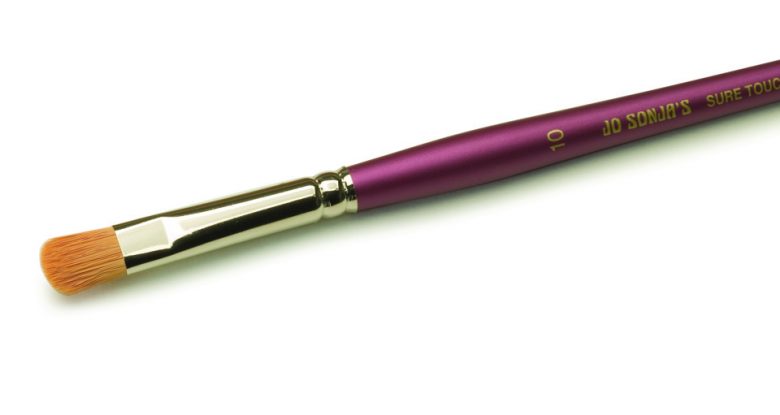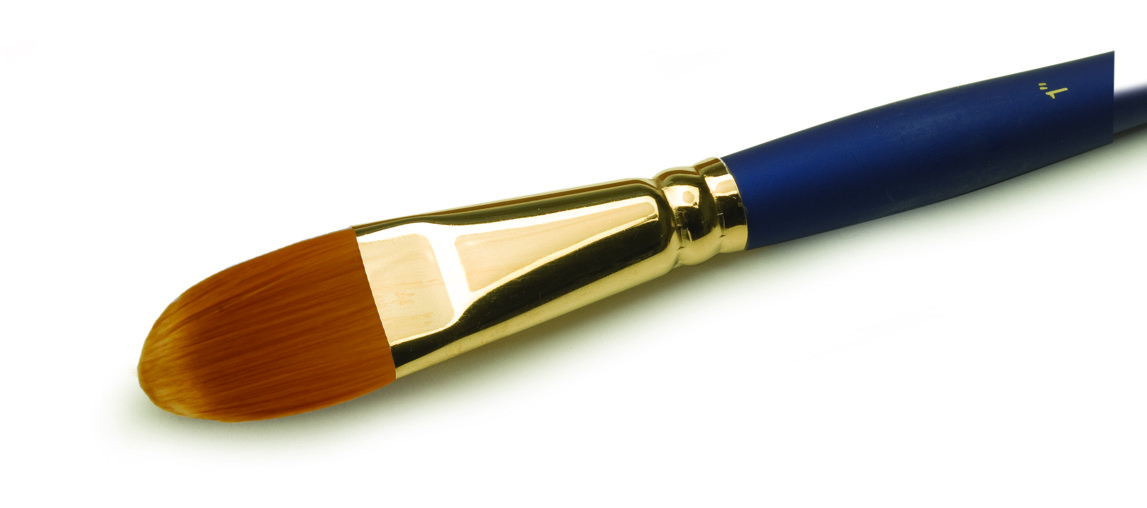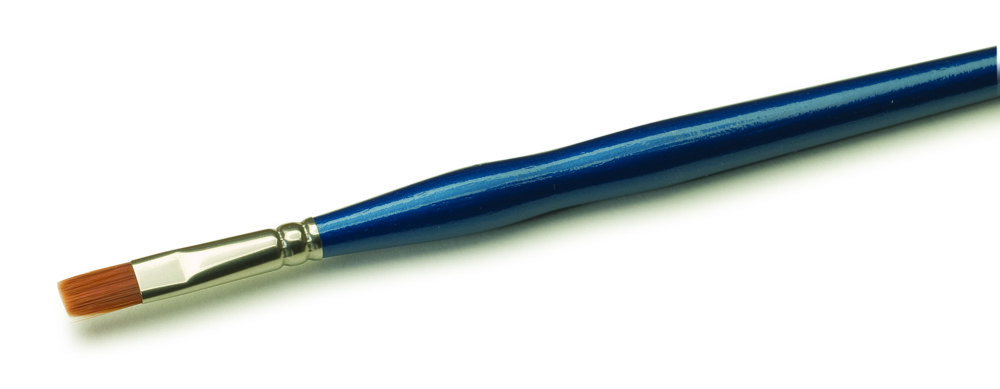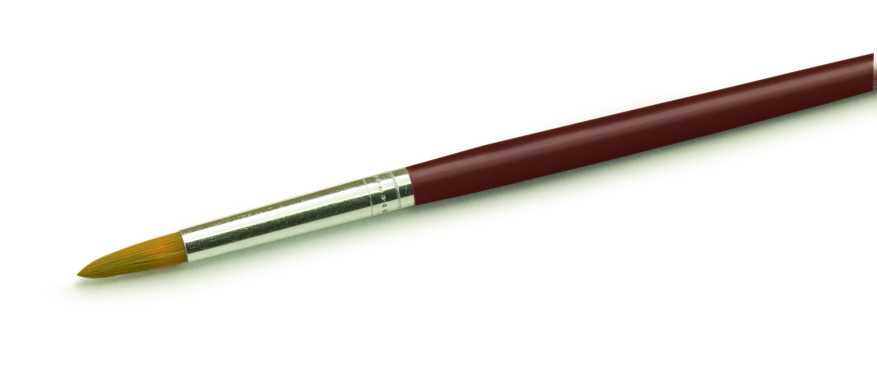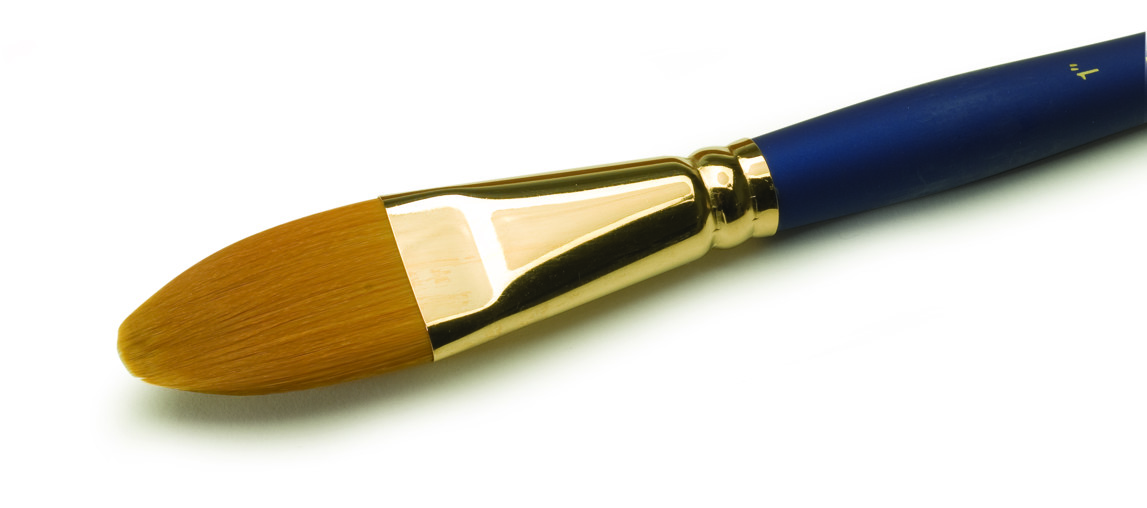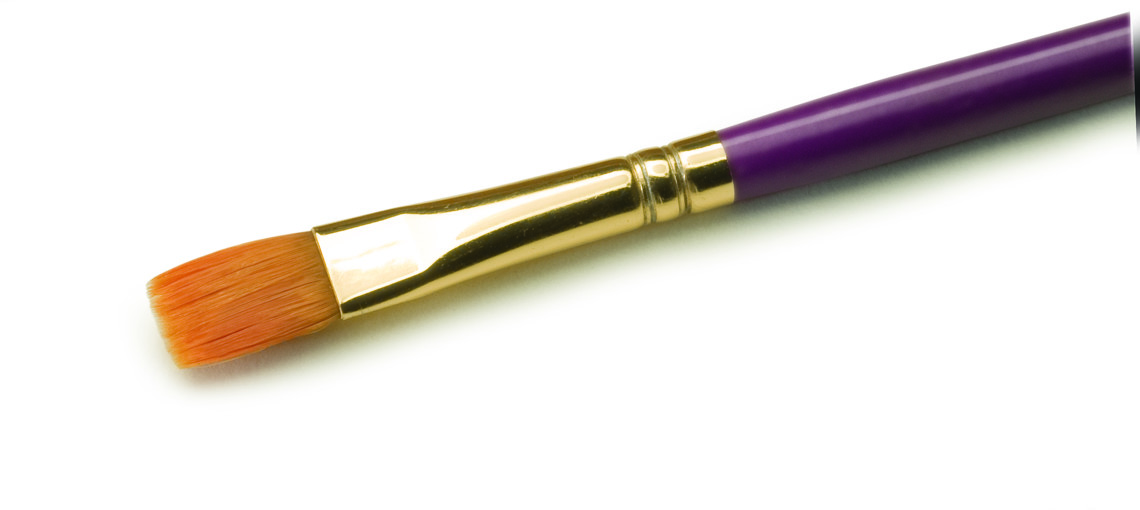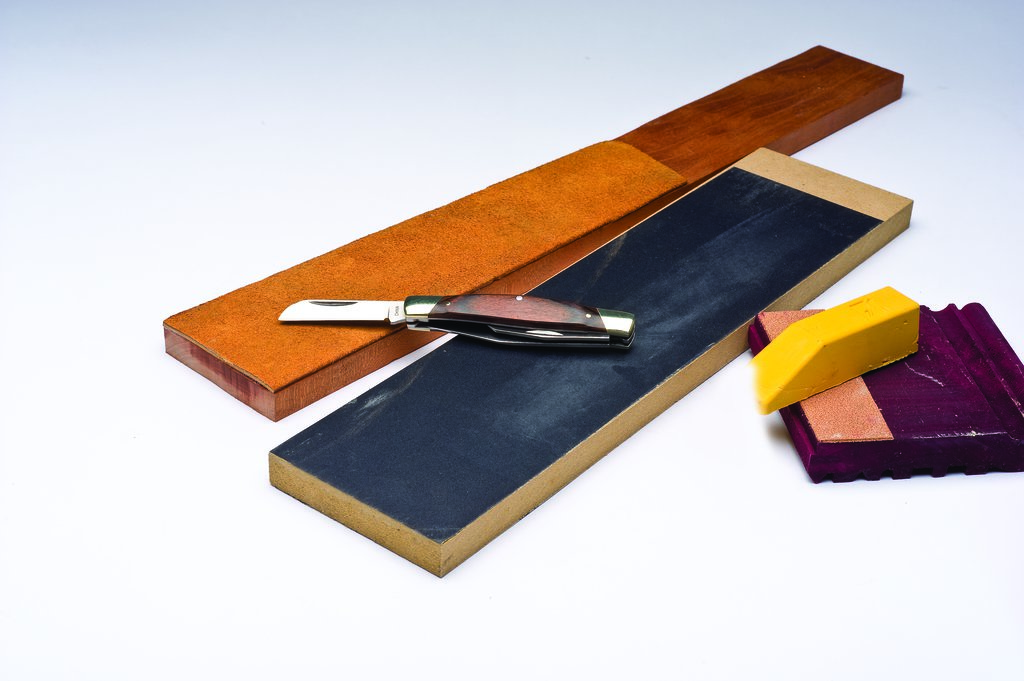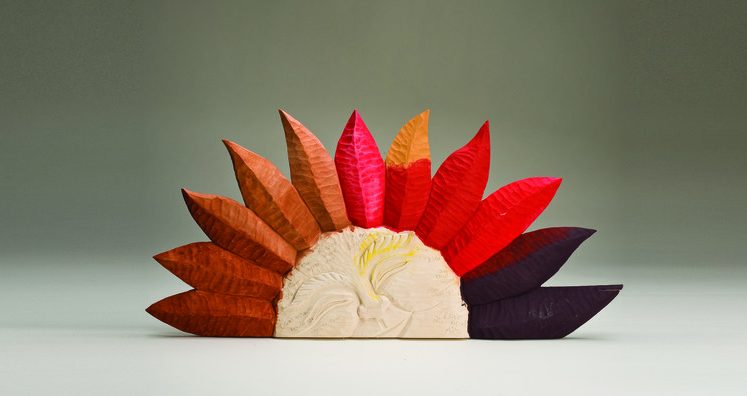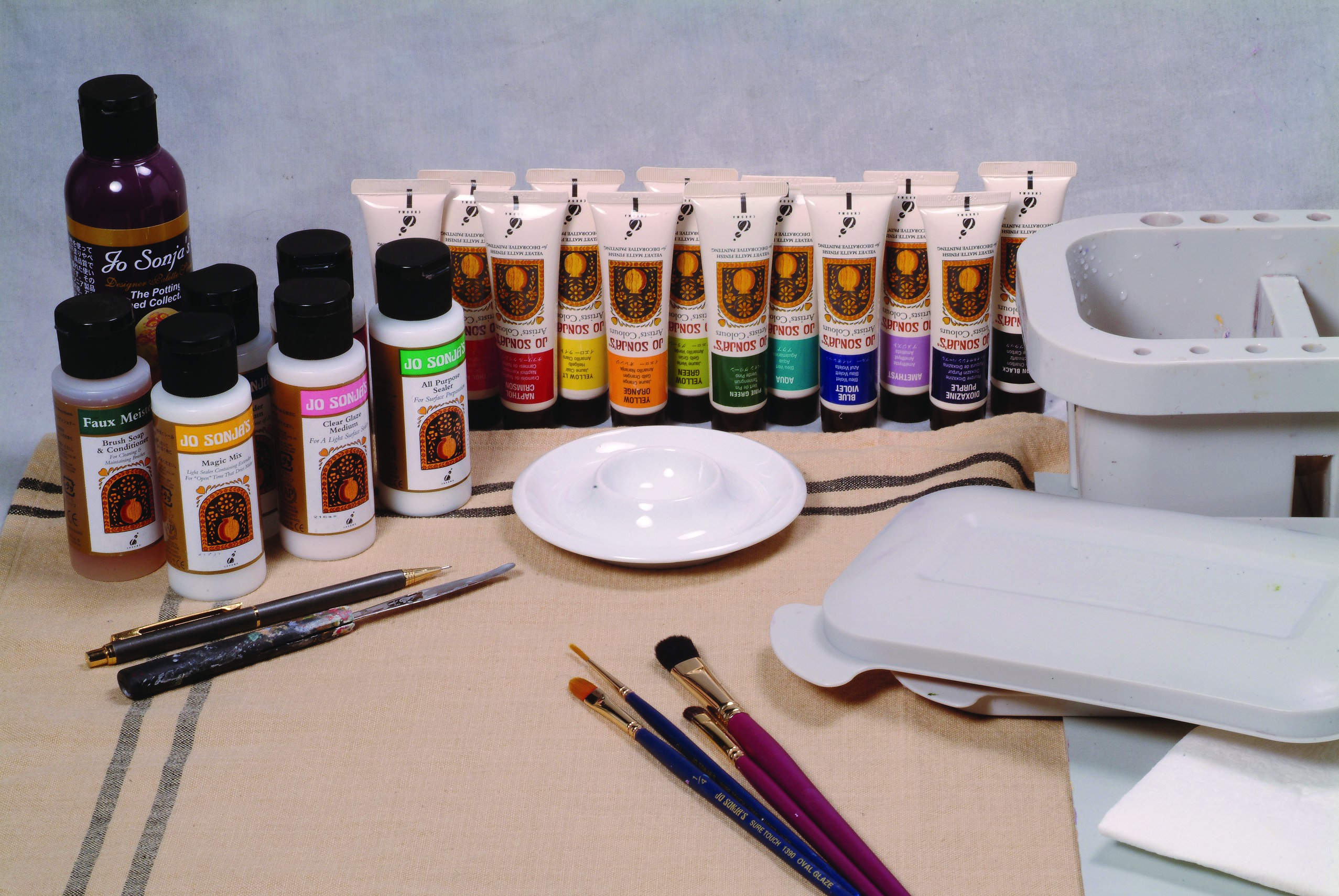Guidelines for getting the most from your brushes
by Vicki Rhodes
This article was first published in issue 42 of Woodcarving Illustrated.
In its simplest form, a paintbrush is a collection of fibers formed into a specific shape, then tied and glued to a handle. Making informed decisions when purchasing your brushes, and caring for them properly, will give you the best value and results.
Choosing a Brush
When it comes to brushes, you get what you pay for. Think of your brush as a carving tool and purchase the best you can afford.
Handle: The handle should have a natural curve from the ferrule to the tip for a comfortable, well-balanced shape. It should have several coats of enamel or lacquer finish and have the size, series number, and brand imprinted on the handle. Select a length you are comfortable with.
Ferrule: The ferrule should be firm and fit seamlessly around the brush handle. A good quality brush will be crimped on the ferrule. Double crimping assures the ferrule is securely attached to the handle with no wobbles.
Bristles: Natural fur is the most expensive and synthetic bristles are the least expensive. Shorter bristles give the artist more control. Longer bristles are used for lining, striping, and lettering. The finer the tip, the more control the artist has. The bristles should look hand-shaped, not sharp cut, and be well-formed with no stray or wild hairs.
Basic Brush Types
Brushes come in a wide variety of shapes and sizes. While certain types of brushes are created for specific functions, it is important to experiment and discover the effects that each brush is capable of.
Basecoat: A flat or oval shape works best to cover large areas. Use a soft bristle brush, as stiff bristles will leave texture. Select the brush size that is appropriate for the area you are going to basecoat. Use a worn brush when basecoating, and save newer brushes for techniques that require the brush be in the best possible condition.
Line Work And Details: Round and liner brushes have a fine tip for more control. Choose as large a brush as you feel comfortable with. More bristles will help the brush last longer and don’t require you to apply as much pressure. Longer bristles hold more paint. The shorter the bristle, the more moisture you will need to add to the paint.
Varnish: Purchase the best you can afford and use it for varnish ONLY! With proper care you will never have to replace it. Select a brush appropriate for the size of the projects you most often paint; 1″ to 11/2″-wide brushes are most common. A larger brush eliminates over-brushing and the possibility of lifting or rolling the previous layer of varnish.
Cleaning Your Brushes
When using your brushes, NEVER walk away and leave paint in the brush. It’s a good habit to rinse a brush before you lay it down, even if only for a moment.
|
Brush Care
|
About the Author
Vicki Rhodes is the author of several books and numerous magazine articles.
Discuss this material on the Woodcarving Illustrated forums.


